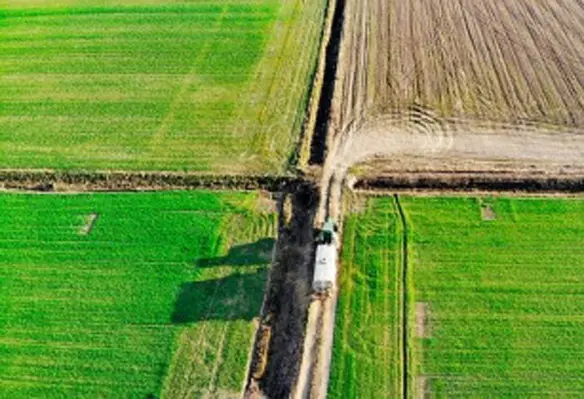The Asia-Pacific’s agriculture IoT market is anticipated to grow at a compound annual growth rate of 27.4 per cent between 2018 and 2025 to reach US$650mn by 2025, according to ResearchAndMarkets’ analysis
In particular, four main megatrends are expected to drive demand in this space:
Increasing demand for food
The global population is expected to reach 10bn by 2050. To produce enough food for the entire population, farmers must boost food production by 25-70 per cent by 2050.
Drive to reduce wastage
There is a high degree of wastage in the application of agricultural inputs. For example, less than 50% of fertilizers used are absorbed by the soil or plants. The rest usually contaminates groundwater - resulting in wastage and pollution.
Growing scarcity of inputs
The production of biofuels has grown from 60bn litres in 2007 to 130bn litres in 2015 - this has resulted in more and more cereals and oilseed being used for biofuel production instead of farming. Freshwater availability is also becoming problematic due to increased urbanization.
Effects of climate change
The University of Minnesota's Institute on the Environment found that climate change reduced global rice and wheat yields every year by 0.3 per cent and 0.9 per cent respectively. In addition, the United Nations panel on climate change warns that agricultural activities contribute to a third of greenhouse gas emissions.
In the short term, it is predicted that IoT solutions that help to survey and monitor crops and livestock (e.g. animal health sensors) will see the highest adoption rates, particularly by large corporate farms. Anticipations are made that automation solutions (e.g. drones and agribots) for other laborious tasks like spraying and seeding will experience increased adoption in the short-to-medium term as regulations catch up with the rapidly-maturing technology.





